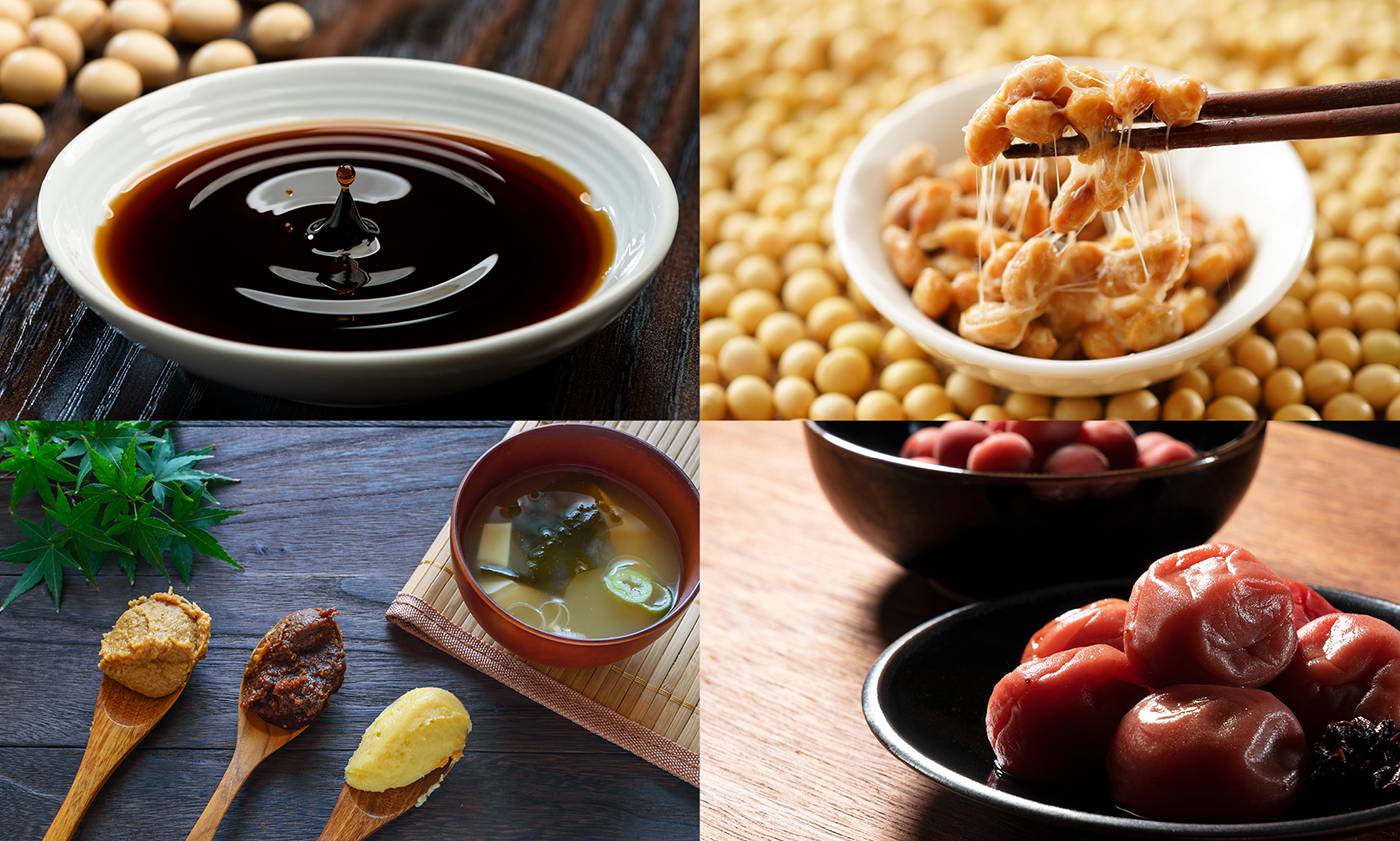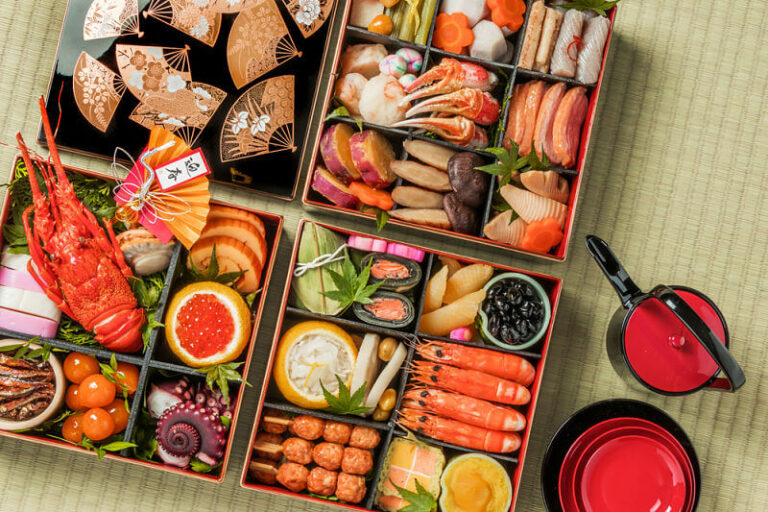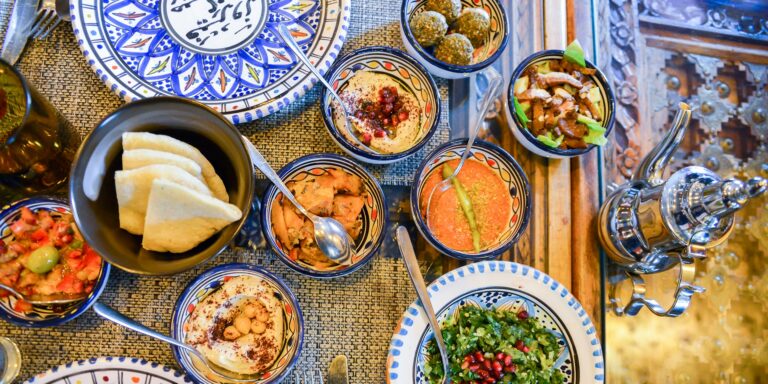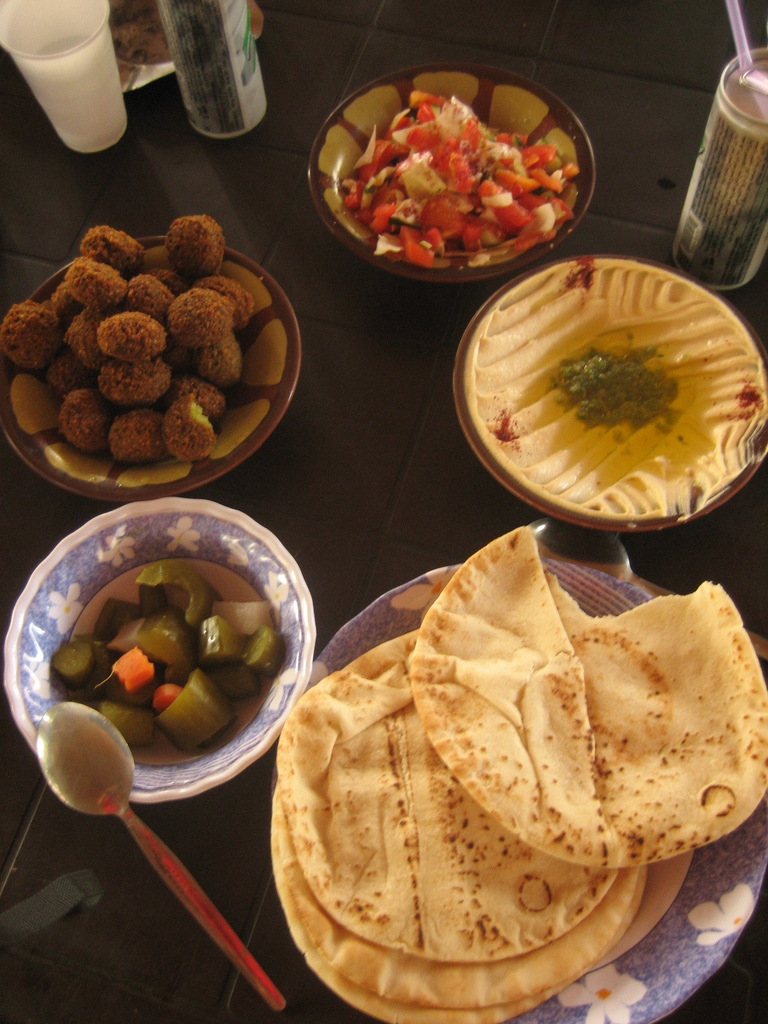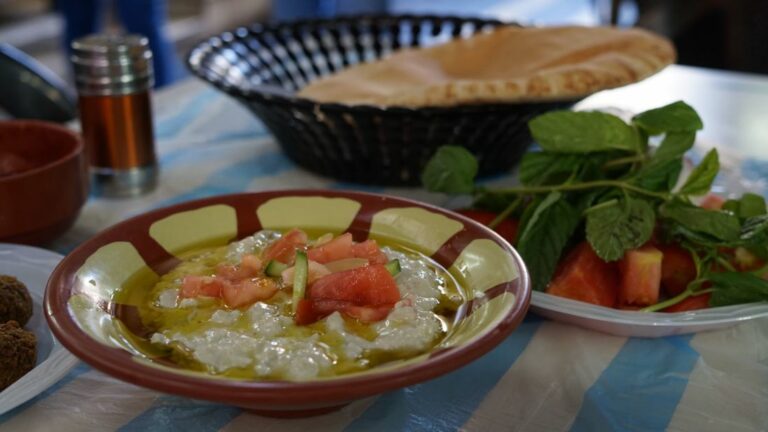Introduction to Japanese Cuisine
Japanese cuisine is one of the most diverse and complex cuisines in the world. It is known for its emphasis on freshness, seasonality, and simplicity. Japanese cuisine can be traced back to the Jomon period, which was around 10,000 B.C. Today, Japanese cuisine is enjoyed all around the world and has become an integral part of international cuisine.
Japanese Snacks and Appetizers
Japanese cuisine is known for its wide variety of snacks and appetizers, which are usually served alongside main dishes. These snacks and appetizers are meant to whet the appetite, stimulate the senses, and provide a balance of flavors and textures. Some of the most popular Japanese snacks and appetizers include edamame, takoyaki, yakitori, and tempura.
Edamame: Steamed Soybean Pods
Edamame is a popular Japanese snack that consists of steamed soybean pods. This snack is usually served as an appetizer in Japanese restaurants or as a bar snack. Edamame is typically seasoned with salt and can be eaten hot or cold. It is a great source of protein and fiber, making it a healthy snack option.
Takoyaki: Octopus Balls
Takoyaki is a popular street food in Japan that is made of a batter filled with diced octopus, tempura scraps, and green onion. The batter is poured into a special takoyaki pan and cooked until it forms a crispy outer layer. Takoyaki is usually served with takoyaki sauce, mayonnaise, and bonito flakes. It is a savory snack that is loved by many Japanese people.
Yakitori: Grilled Chicken Skewers
Yakitori is a popular Japanese snack that consists of grilled chicken skewers. The chicken is usually seasoned with salt or a sweet soy sauce marinade and grilled over a charcoal fire. Yakitori can be made with various cuts of chicken, including the heart, liver, and thigh. It is a popular snack in Japanese izakayas, which are Japanese-style pubs.
Tempura: Deep-Fried Seafood and Vegetables
Tempura is a popular Japanese snack that consists of deep-fried seafood and vegetables. The seafood and vegetables are dipped in a batter made of flour, egg, and ice-cold water and then deep-fried until crispy. Tempura is usually served with a dipping sauce made of soy sauce, mirin, and dashi. It is a popular snack and appetizer in Japanese restaurants around the world.
In conclusion, Japanese cuisine is famous for its diverse and complex snacks and appetizers. From steamed soybean pods to deep-fried seafood and vegetables, Japanese snacks and appetizers offer a balance of flavors and textures that are sure to satisfy any palate. Whether you are at a Japanese restaurant or a street food stall in Japan, be sure to try some of these delicious Japanese snacks and appetizers.

